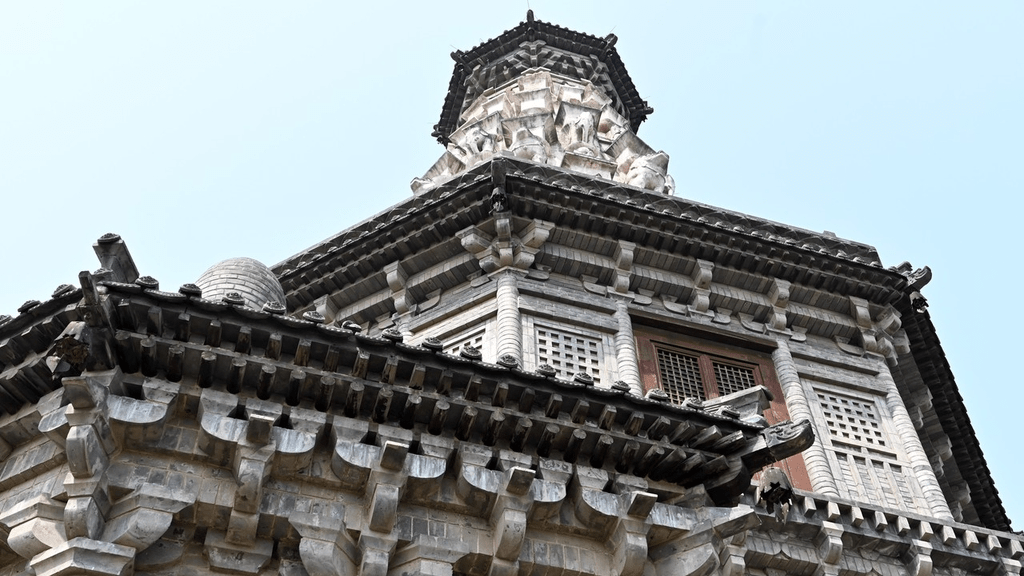
Huata Pagoda is one of the most exquisite ancient pagodas in China. Revered by renowned Chinese architect Liang Sicheng as a “unique specimen in the country,” this octagonal brick-carved tower, with its intricate design resembling a timber-structured pavilion, consists of four levels, including a main tower and towers. small auxiliaries.

Liang Sicheng praised Zhengding County in Shijiazhuang, Hebei Province, as a testament to more than 1,600 years of urban development. The famous architect has given it the distinction of being a treasure of ancient Chinese architectural craftsmanship. Described as a “condensed version of half of China’s architectural history,” Zhengding stands as a remarkable showcase of China’s rich cultural heritage.

About the ancient pagoda
Built during the Tang Dynasty (618-907 AD), Huata Pagoda is notable for its distinctive architectural style. The tower is carved from brick and has four levels, including a main tower and several smaller auxiliary towers. Its intricate design resembles a structured wooden pavilion, giving it a unique and elegant appearance.
The Huata Pagoda has been praised by Chinese architect Liang Sicheng as a “unique example in the country”, underscoring its importance in China’s architectural landscape. Its beauty and historical significance make it a popular destination for tourists and students of Chinese architecture and history alike.
In addition to its aesthetic beauty, the pagoda is also a symbol of the country’s rich cultural heritage. Located in Zhengding County, a region with more than 1,600 years of urban history, the pagoda is part of a historical landscape that has been home to numerous dynasties and witnessed important events over the centuries.

Source: https://reporteasia.com/cultura/educacion/2024/05/26/pagoda-huata-tesoro-arquitectonico-dinastia-tang-simbolo-cultural-china/

